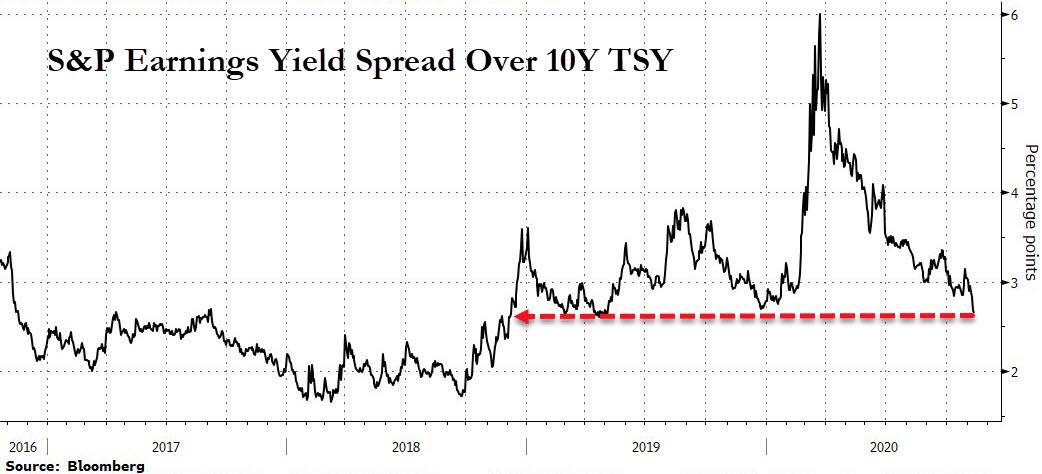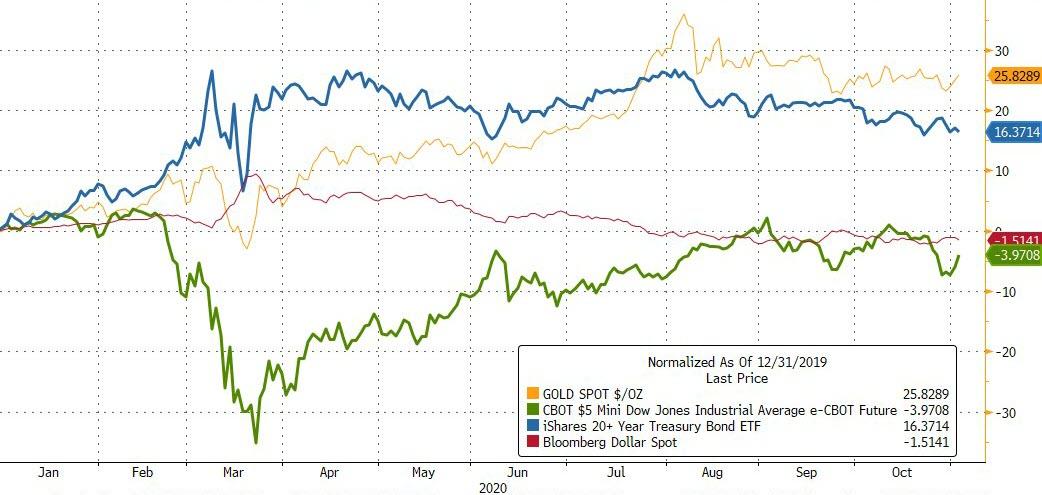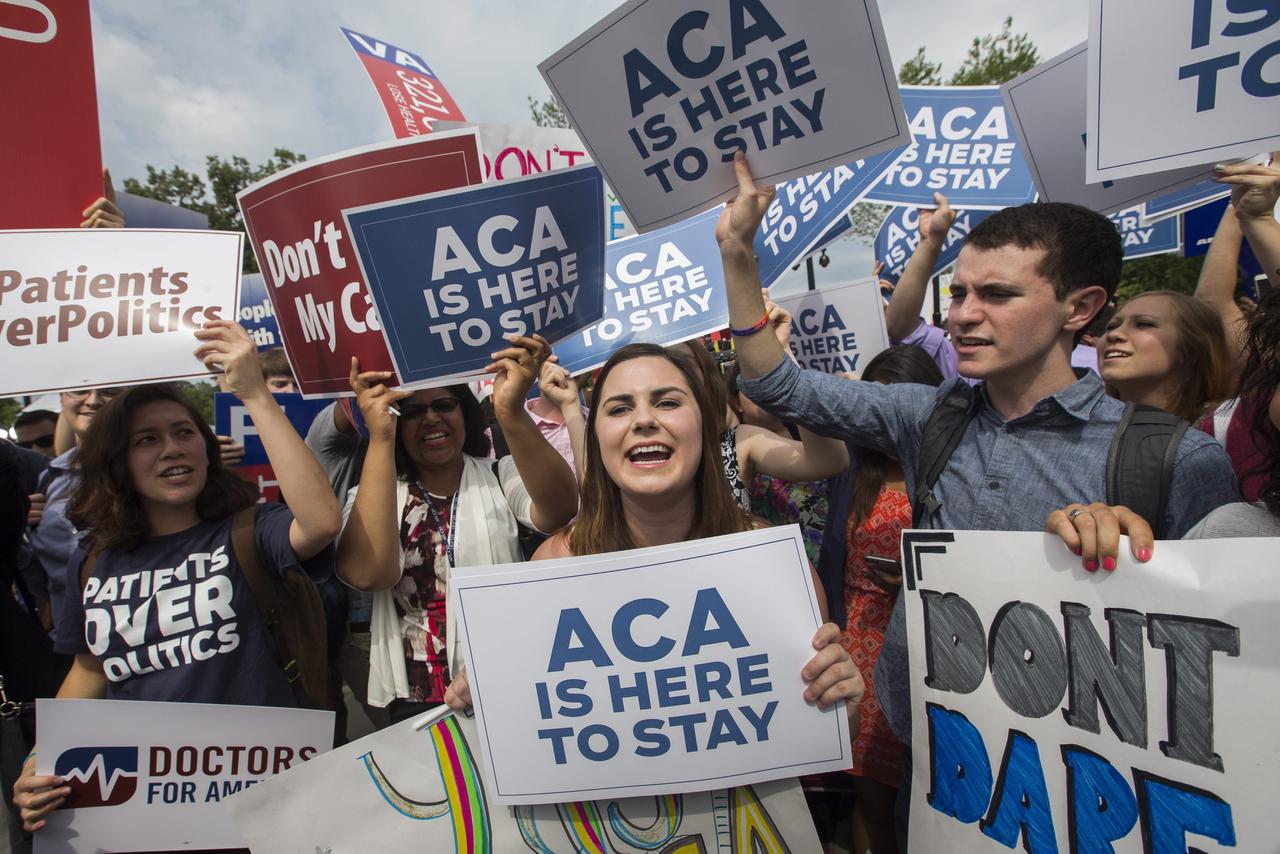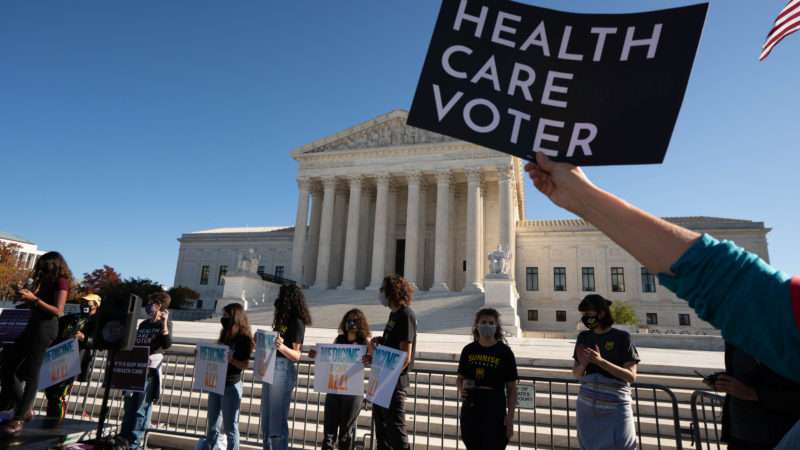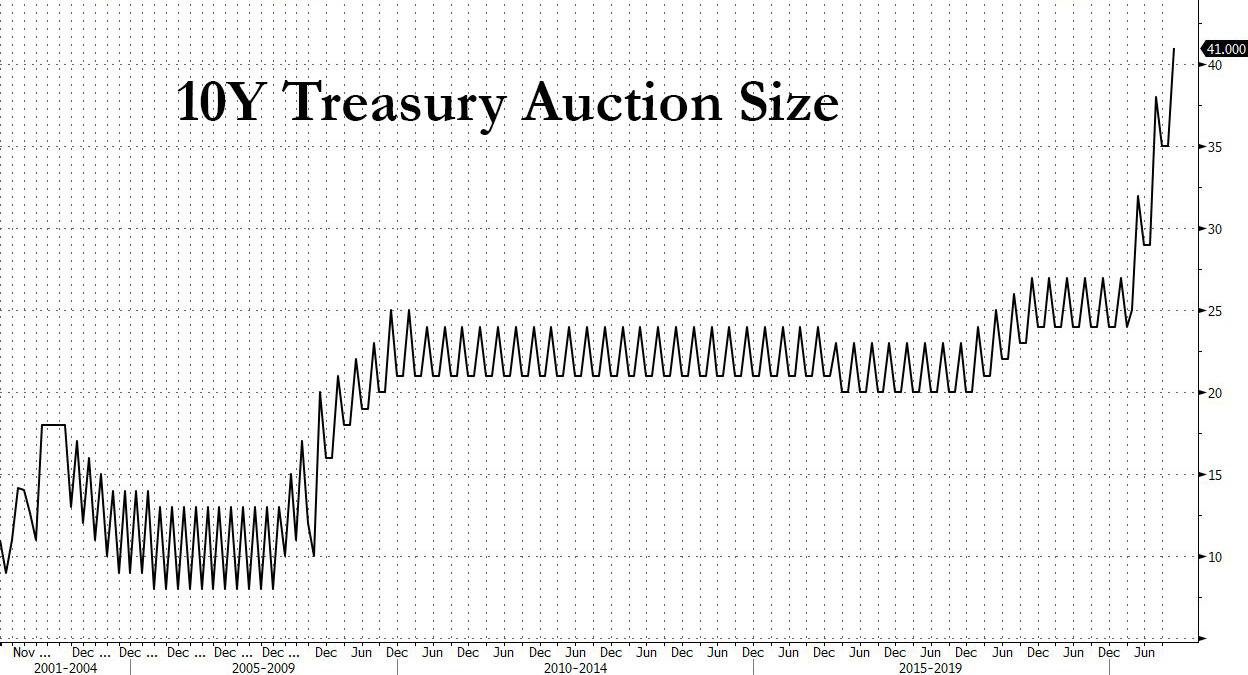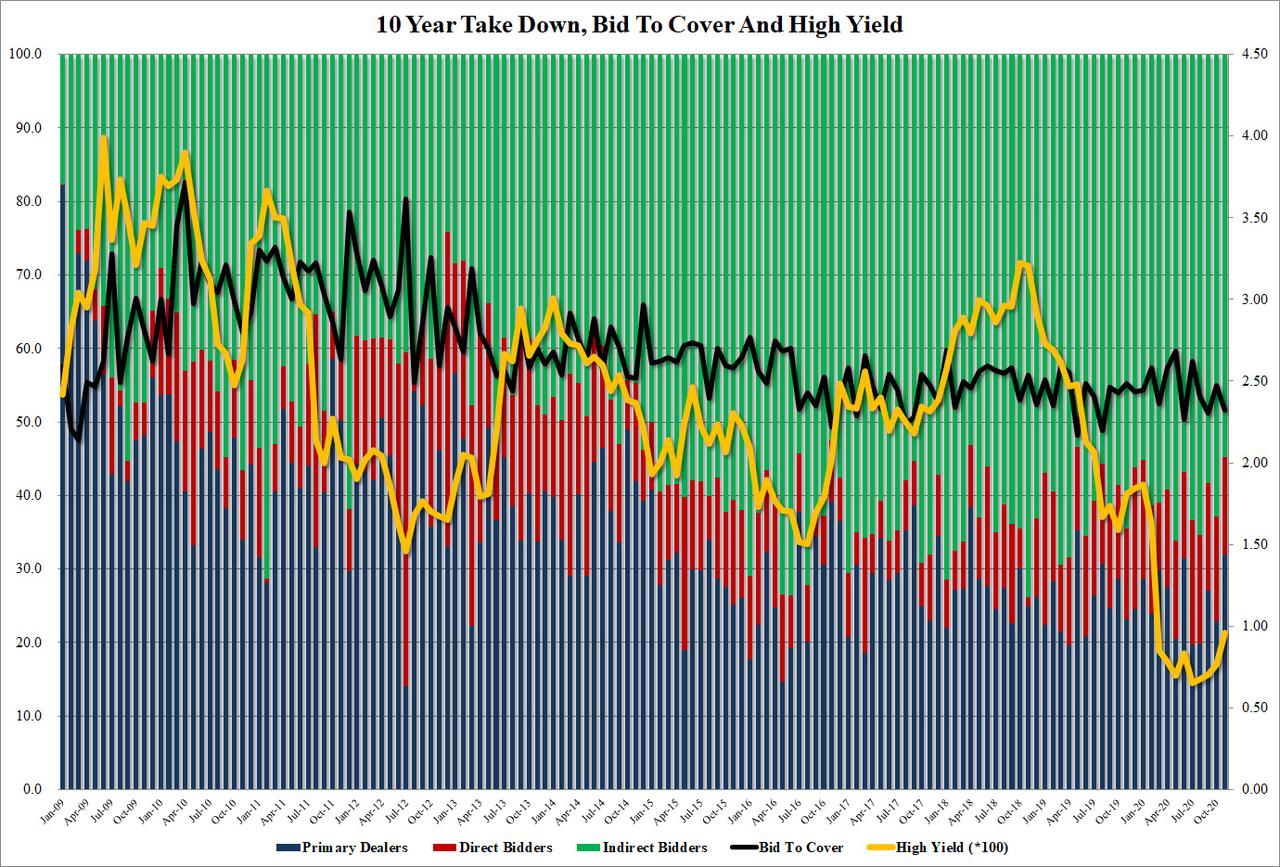Throughout the Supreme Court nomination hearings for Justice Amy Coney Barrett, Democrats repeatedly warned that Barrett would be a threat to the Affordable Care Act, and thus to the health insurance of millions of Americans. The Trump administration was backing a lawsuit attempting to overturn the law, and arguments were scheduled for right after the presidential election. Confirming Barrett, the argument went, would result in a Supreme Court more likely to overturn the health care law.
“Health care coverage for millions of Americans is at stake with this nomination,” said Sen. Dianne Feinstein (D–Ca.), the ranking member of the Senate Judiciary Committee. That argument was central to the Democrats’ argument against Barrett. “My colleagues and I will focus on that subject.” Others were even more blunt. Senate Republicans were “rushing” to confirm Barrett “in time to ensure they can strip away the protections in the Affordable Care Act,” warned then-Sen. Kamala Harris, now the vice-president elect. “If they succeed,” Harris said, “it will result in millions of people losing access to health care at the worst possible time in the middle of a pandemic.” As of this morning, Sen. Elizabeth Warren (D–Mass.) was still issuing similar warnings.
There was reason to see such claims as politically motivated fear-mongering during Barrett’s confirmation; as Reason‘s Jacob Sullum wrote at the time, Democratic warnings that Barrett would doom Obamacare were implausible and confused. There is even more reason to see it that way now.
Barrett was eventually confirmed. She now sits on the Supreme Court, which today heard the administration-backed challenge to the health law. And based on those arguments, it looks very much like the Court will uphold the law in essentially its current form, regardless of how Barrett votes.
This morning, the High Court heard arguments in California v. Texas. At the heart of the case is a challenge to the law’s individual mandate to purchase health insurance, which serves as a platform for a challenge to the entire statute. That challenge is based not only in the history of Supreme Court challenges to the law, but in modifications to the statute.
When the law passed in 2010, it contained a mandate to purchase health insurance or face a tax penalty. At the time, Congress including signing statements to the effect that the mandate was essential to the proper functioning of its regulatory scheme, which includes provisions guaranteeing that anyone can purchase health insurance regardless of medical history and limiting how much insurers can charged based on health status.
That provision was immediately challenged in court. In 2012, a Supreme Court opinion written by Chief Justice John Roberts declared that although it was unconstitutional as a command to obtain health insurance, the provision could remain on the books legally as a tax on those who fail to obtain coverage. Roberts had employed a saving construction, finding an alternative way to uphold the mandate.
A key feature of a tax, of course, is that it raises revenue. Yet in 2017, the GOP-controlled Congress passed the Tax Cuts and Jobs Act which, among other things, zeroed out the tax penalty for the mandate, even while leaving the command in the statute. That command was toothless, formally inoperative; it imposed no penalty on anyone—and it also raised no revenue.
This created an opening for a group of red state attorneys general, led by Texas, to challenge the mandate on the grounds that a command that does not raise revenue cannot be understood as a tax, as in Roberts’ saving construction. The result was an unconstitutional command.
The Texas-led suit also took the argument a step further, making a case that the signing statements that were part of the original law meant that if the mandate fell, then the main insurance regulations should fall too—and so too should the rest of the law. In legal terms, the argument was that the mandate could not be “severed” from the rest of the law; without the mandate on the books, it would all have to go. Eventually, the Trump administration took the unusual step of backing this challenge, leaving a group of blue state attorneys general and the Democratically controlled House of Representatives to defend it.
There have always been two significant problems with this argument. The first is the issue of standing: It is difficult to plausibly argue that a zeroed-out mandate penalty harms anyone, and standing requires a showing of harm.
An even bigger problem with this argument has always been the issue of severability. It is true that the 2010 Congress that passed the original law stated a belief that the mandate was essential to its function. But it is also clear that the 2017 Congress zeroed out the mandate penalty, rendering the mandate non-functional while leaving the rest of the law intact. The policy finding of the 2010 Congress should not bind the 2017 Congress.
At oral arguments today, the Supreme Court delved deep into both issues, and seemed inclined to leave the law more or less intact. Several justices asked the petitioners about the question of standing, and the response was that even a toothless command was still a command, and thus might induce at least one person to sign up for Medicaid under the law, thus causing financial injury to the states. This is a stretch, since in this scenario the harm does not arise from the main provision in question, the mandate, but from a separate part of the law.
The severability argument, however, is even more of a stretch, as both Chief Justice Roberts and Justice Brett Kavanaugh seemed inclined to think. Kavanaugh suggested that he found it difficult to see how the zeroed-out mandate remained constitutional “under the taxing clause for the simple reason that it doesn’t raise revenue.” But he also said he agreed that “this is a straightforward case for severability under our precedents, meaning that we would excise the mandate and leave the rest of the act in place.” Similarly, Roberts indicated his skepticism about the argument that striking the mandate should require striking the rest of the law, saying he found it “hard” to argue “that Congress intended the entire act to fall if the mandate were struck down.”
Presuming that all three Democratic appointees vote to uphold the bulk of the law, the most likely outcome here is not too difficult to see: Even if the Court were to grant standing to the challengers, it seems as if it is on track to strike the mandate while leaving the rest of the law in place. From a practical perspective, the law would remain unchanged.
Oral arguments do not always reveal the outcome of a case, and the justices can always change their minds while considering a ruling. But this was always the most likely result, since the red state case for striking down the entire law, or even just the insurance provisions, has always been weak, as even many of Obamacare’s fiercest critics have recognized.
Among those critics is Michael Cannon, the health policy director at the libertarian Cato Institute. He writes today that this particular case against the law is largely meritless. It is built on half-baked legal logic engineered in hopes of producing a tactical victory, rather than on sound legal reasoning. Cannon has tirelessly opposed Obamacare from its inception, and he helped conceive one of the previous legal challenges to it. He wants to see Obamacare taken off the books—but not like this.
The flaws of this particular case do not make Obamacare good law or good policy, nor do they reflect on the quality of previous Supreme Court challenges to the law, both of which were much stronger on the merits.
Indeed, this case only exists because of the tortured reasoning Roberts employed to save the mandate in the first place. And Roberts seemed more annoyed than anything during this morning’s arguments. Which is fitting, in a way, since as Cannon says, it was designed to troll him for his previous ruling.
Whatever the eventual ruling turns out to be, one result is already clear: The chief justice has been thoroughly trolled.

from Latest – Reason.com https://ift.tt/3ljlaHU
via IFTTT
